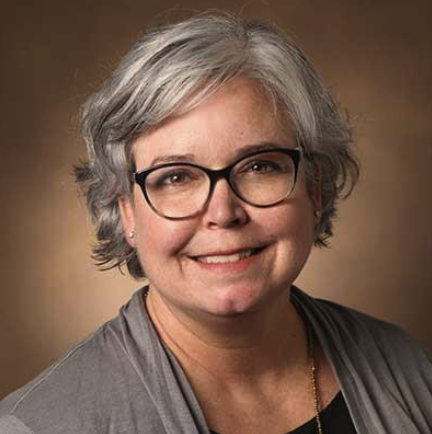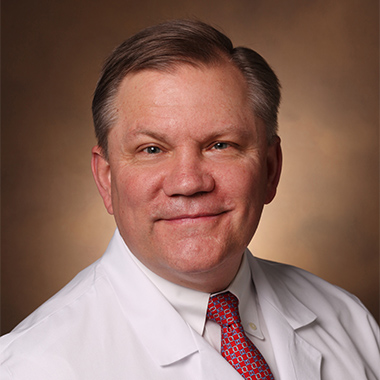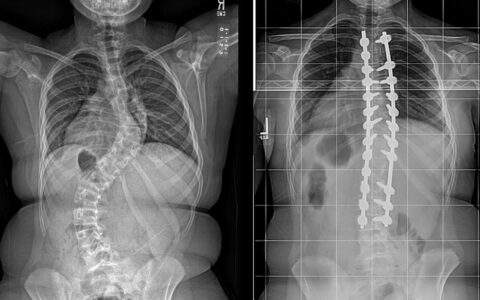Early results from a 10-year study led by Vanderbilt University Medical Center surgeon John (Jed) Kuhn, M.D., demonstrate that physical therapy (PT) is a highly effective option for treating rotator-cuff tears.
Kuhn, chief of shoulder surgery at Vanderbilt, leads the MOON (Multi-Center Orthopaedic Outcome Network) Shoulder Group), studying short- and long-term outcomes of operative versus physical-therapy treatments in an effort to more clearly delineate benefits of each. Publication of the findings is upcoming.
Physical therapist and researcher Rebecca Dickinson, D.P.T., who has worked with Kuhn for 19 years, took the lead in compiling and producing new rotator-cuff treatment history and guidelines. The guidelines include a review of evidence comparing operative and nonoperative treatments, in-depth classifications of injuries, clinical tests, alternative treatments, and specific PT recommendations developed at Vanderbilt.
“At Vanderbilt, we have been doing things more conservatively than the average center, giving us ample opportunity to identify and test the methods of physical therapy responsible for the success we have seen here,” she said. “We want to share these with doctors and physical therapists and invite them to share what is working for them, as well.”
While rotator-cuff tears are often identified using MRI, whether the site is an old or new injury is more difficult to determine, Kuhn said.
“Their pain may not even be related to the tear,” DickInson said.
PT would first address the pain more generally by strengthening muscles supporting the rotator cuff or other articulating muscles, working to reverse the loss of ROM, and practicing functional tasks, she said.
Most Tears Asymptomatic
A recent review of the literature by Kuhn, published in Operative Techniques in Sports Medicine, showed 15-20 percent of people aged 60 to 70 and half of people over age 80 have rotator-cuff tears, yet most do not have symptoms.
“Since we are not seeing 50 percent of octogenarians coming in with shoulder pain, this said a lot about how many cases are asymptomatic or are compensated for by strength in other muscles, further bolstering the case for more conservative treatment,” Dickinson said.
Comparative Outcomes
The multicenter MOON study began in 2011, with Kuhn and his Vanderbilt colleagues tracking the impact of PT treatment alone in 452 patients with atraumatic full-thickness tears. Based on the results, they found that non-operative treatment was effective for approximately 75 percent of patients. The other 25 percent were referred to surgery after completion of the PT program.
“Much to our surprise, the majority of those patients who declined surgery got better and did not need surgery.”
“Much to our surprise, the majority of those patients who declined surgery got better and did not need surgery,” Kuhn said. “Their pain went away, function and activity were recovered, and this was durable over the following 10 years. Even though we expect about half of the tears may get larger, it turned out that didn’t affect outcomes.”
The researchers were concerned that bypassing surgical repair might reduce the chance of a successful revision surgery down the line, but this was not borne out in the data. Moreover, only one patient ultimately went on to have a reverse shoulder replacement.
Believing is Healing
The Moon Shoulder Group noted a powerful psychological effect apparently in play.
“The strongest predictor of surgery was the patient’s expectations,” Kuhn said. “If a patient thought therapy would work, it would work. If they didn’t, it wouldn’t, and they went on to have surgery.
“As surgeons, we sometimes have to tell patients, ‘This is what the data shows. Believe it or not, even though you came here thinking you would need an operation, you probably will do very well with physical therapy.’”
Stratifying the Population
With PT succeeding on more fronts, Dickinson says they are now trying to identify the small subset of people who won’t get better with physical therapy.
“We are measuring how much functional competence these patients have maintained,” she said.
The goal is to optimize the function of the structures and muscles that are still intact.
Further, they will look at the 25 percent identified in the MOON study who bypassed surgery, examining what factors they may have had in common, Dickinson said.
The researchers will also examine relationships between full-thickness tears that progress – as 50 percent of them do – and a patients’ pain and disfunction levels, as well as whether PT rehabilitation has an impact on the rate of recovery.
Prospective Trial on Deck
Even with the evidence favoring PT for more patients, the treatment decision is never automatic.
“In some small European trials, when rotator cuffs are surgically fixed, about a third of the time they fail,” Dickinson said.
On the other hand, Kuhn added: “The last thing you want to do is forego surgery, only to find out too late that it might have been the better option.”
Now on deck for the MOON team is the prospective ARC study, a randomized trial comparing surgery to physical therapy for rotator-cuff tears to see if one treatment is better, and for which patients.






